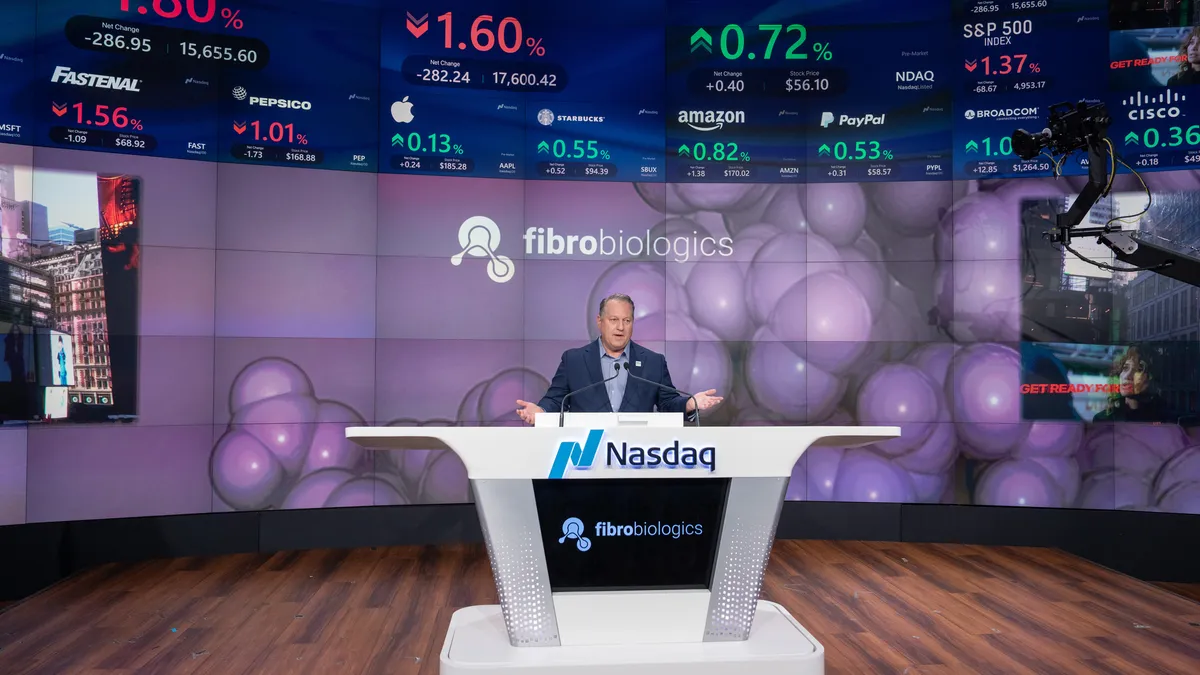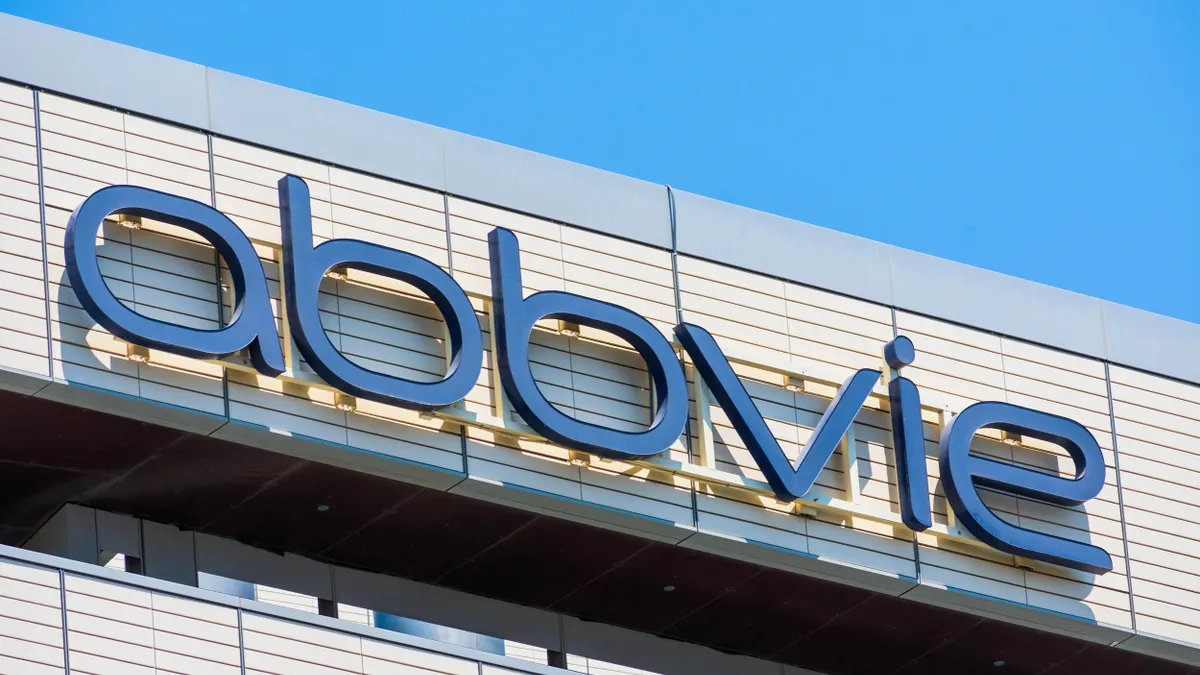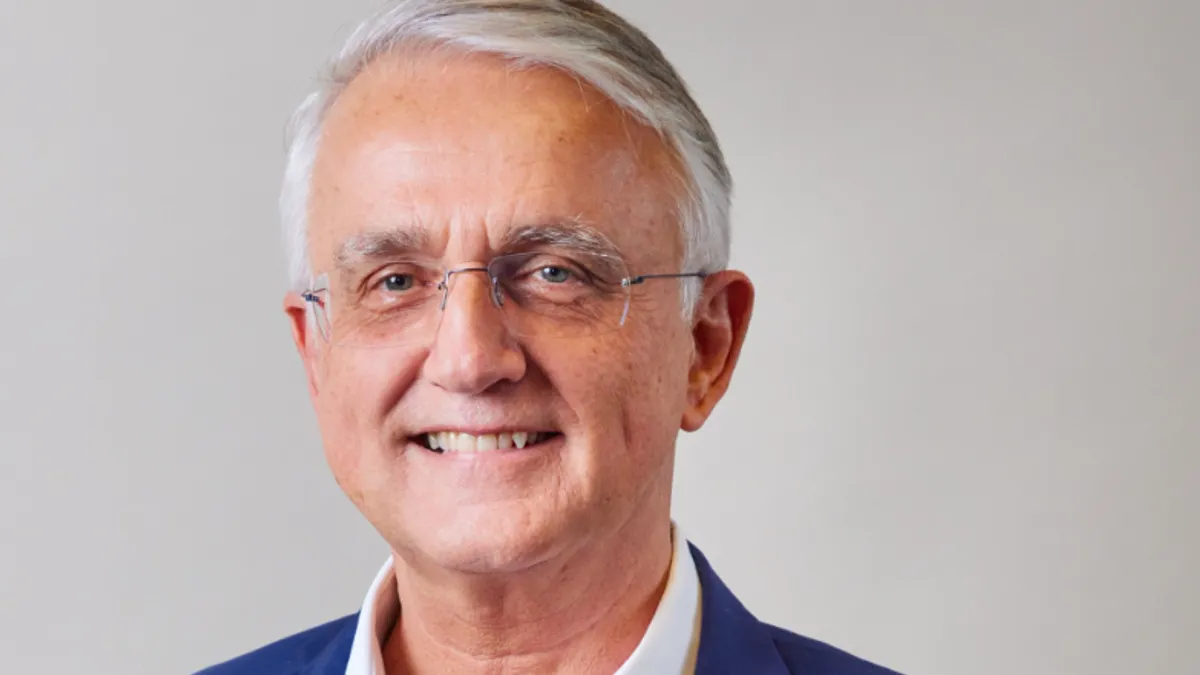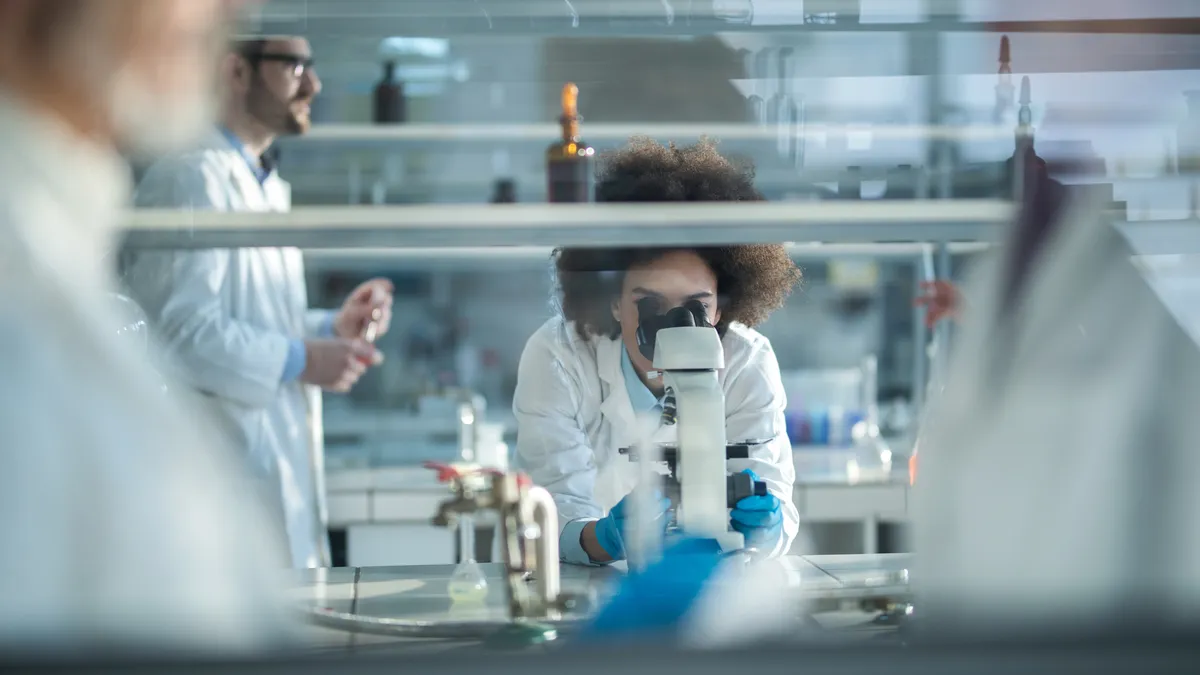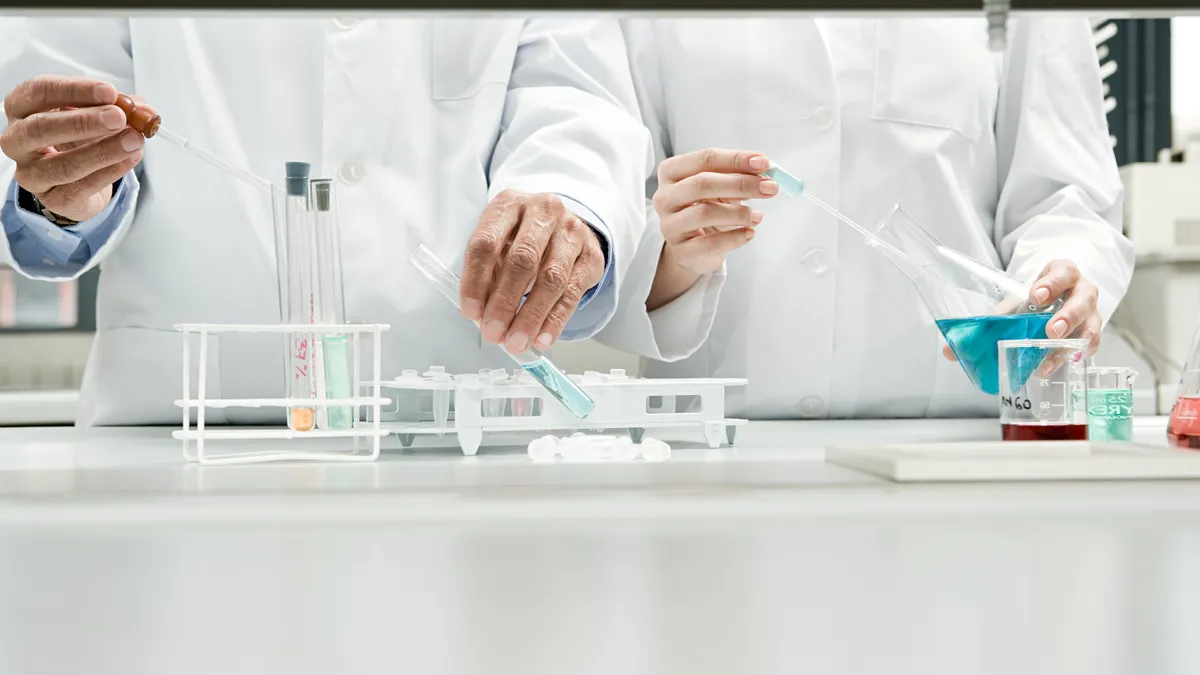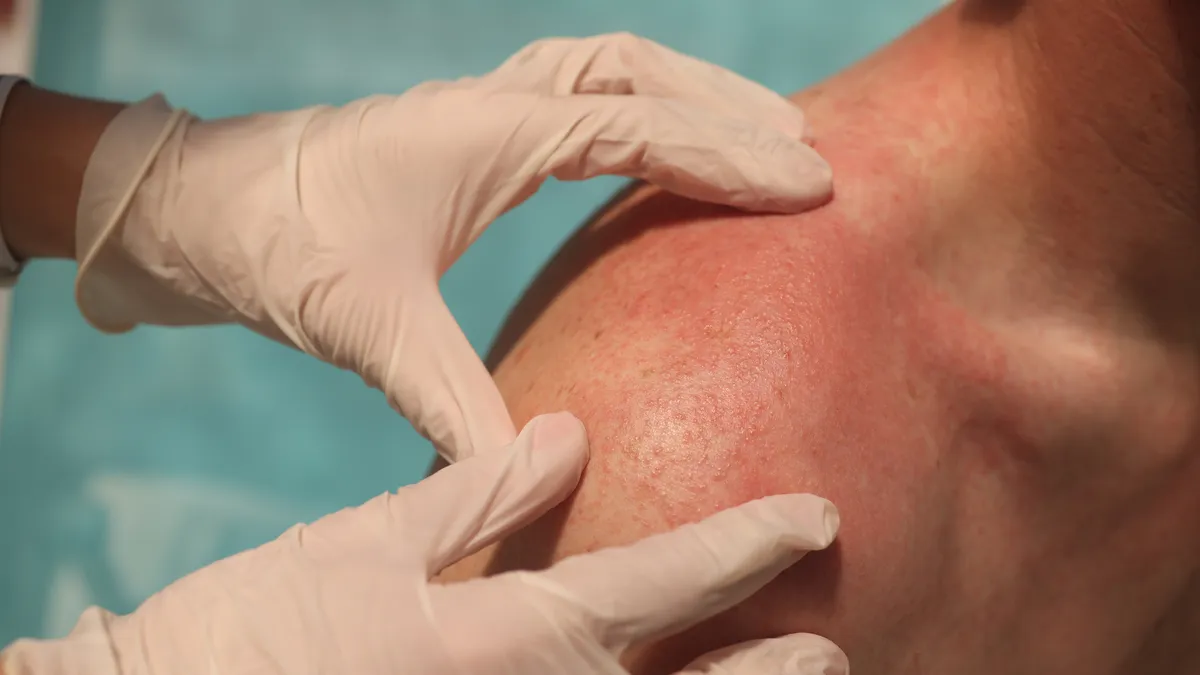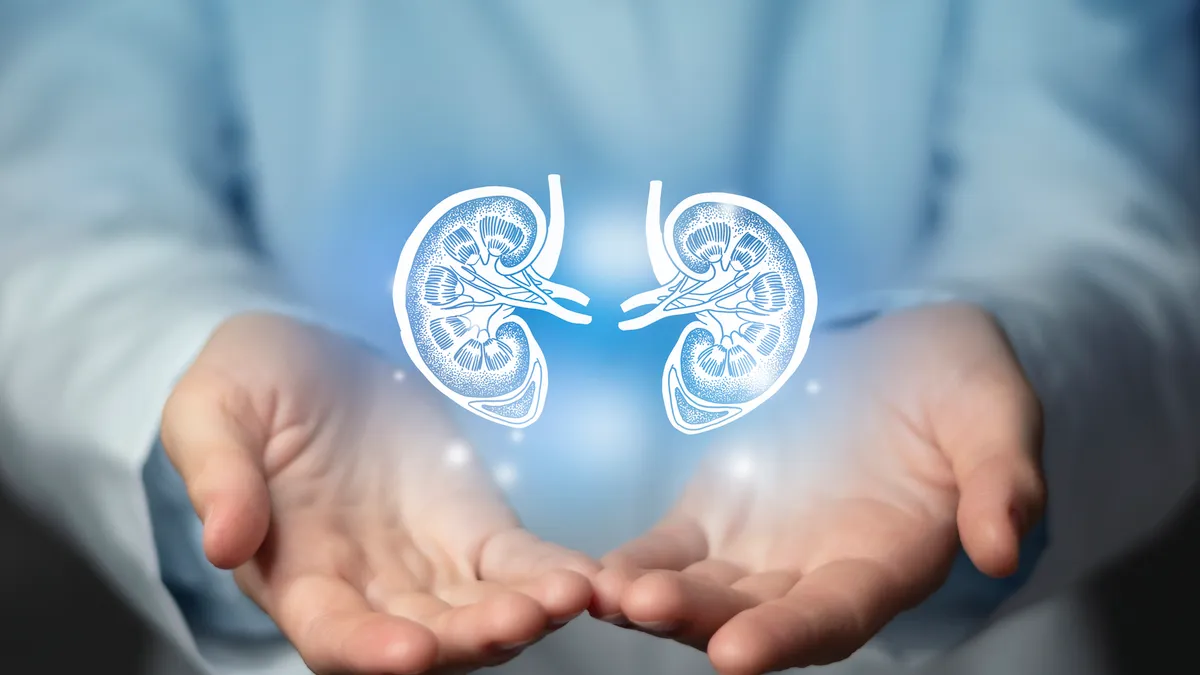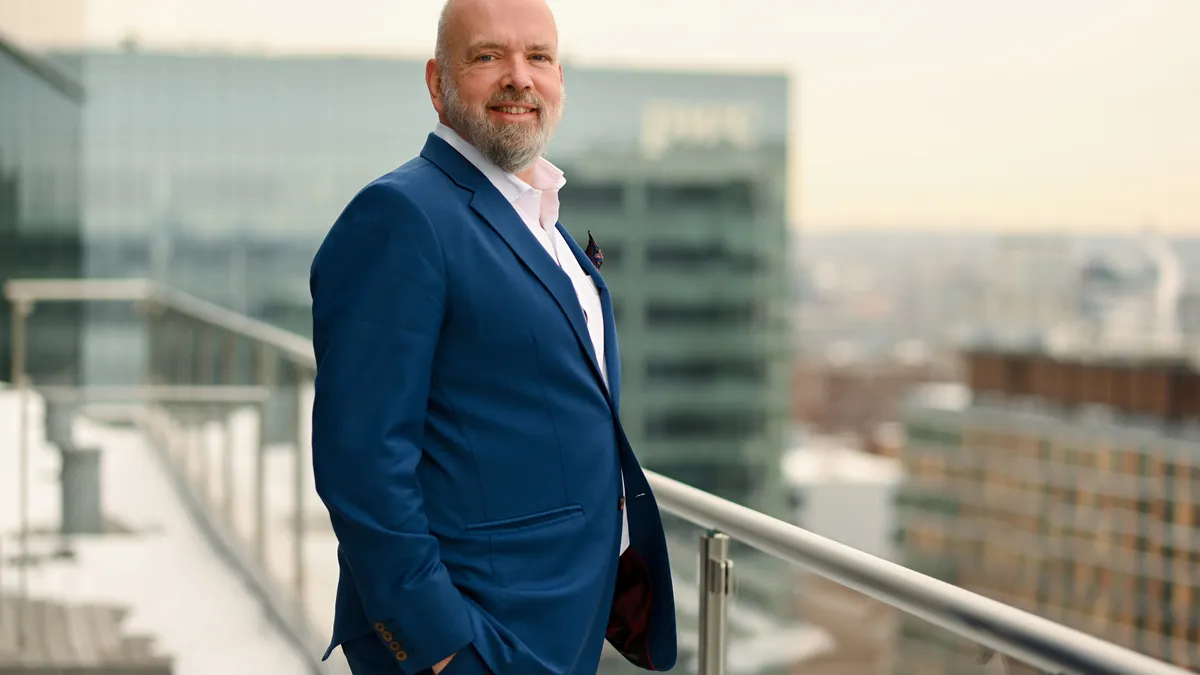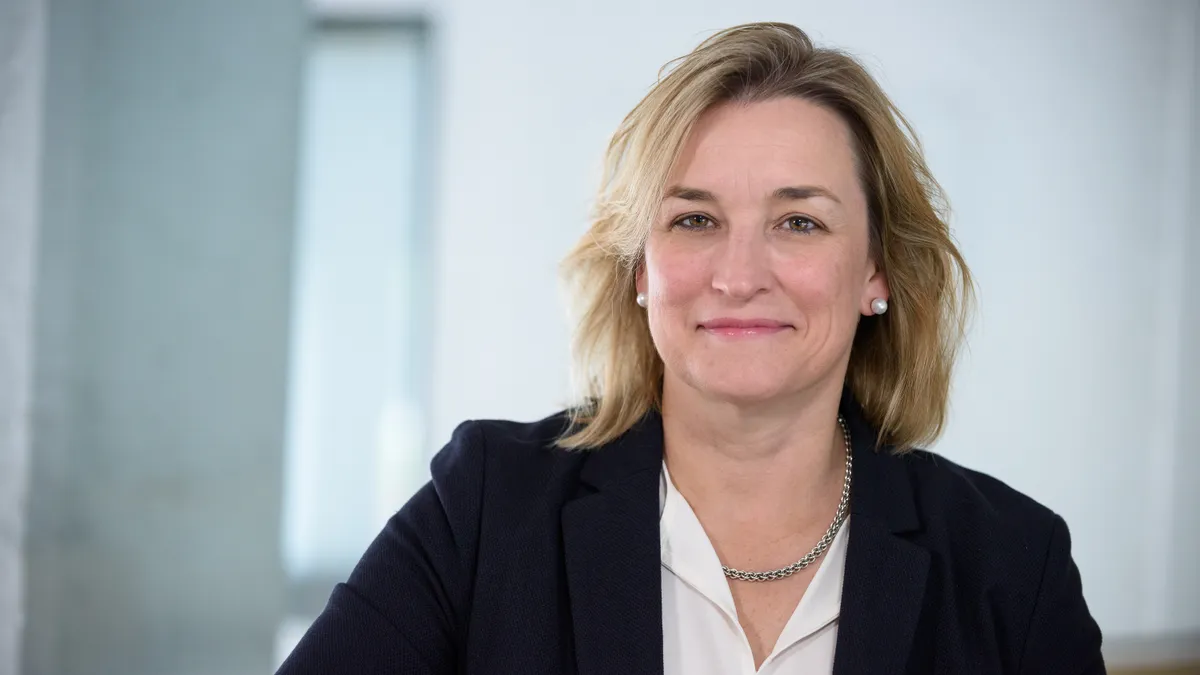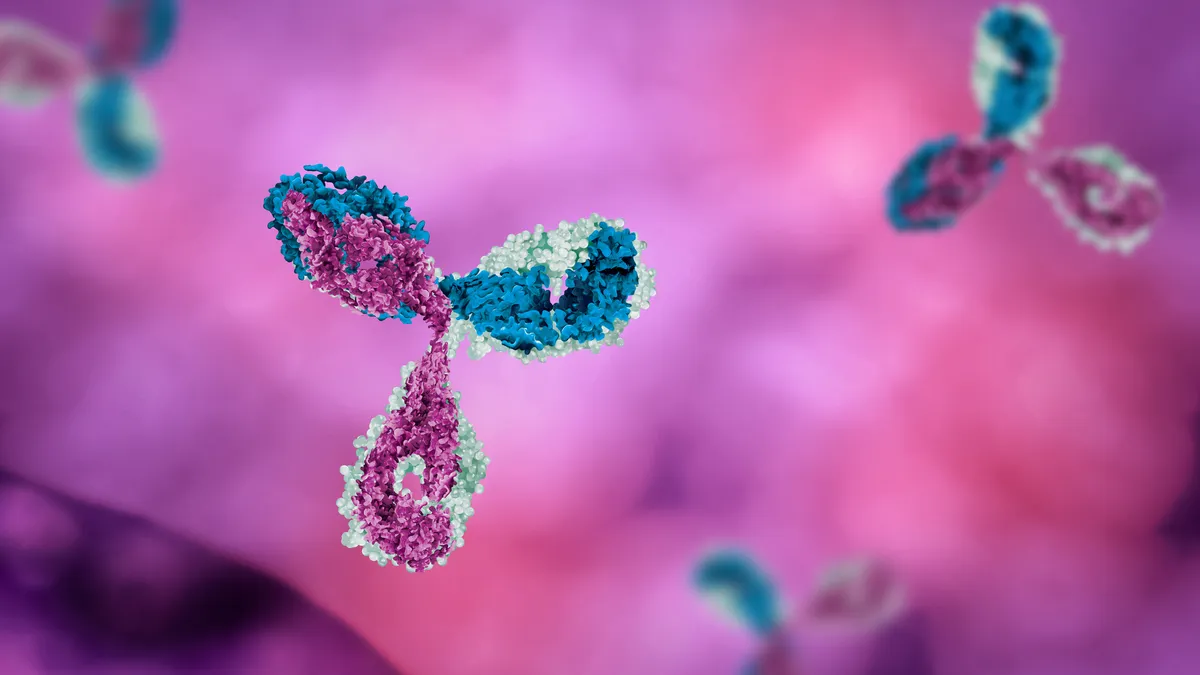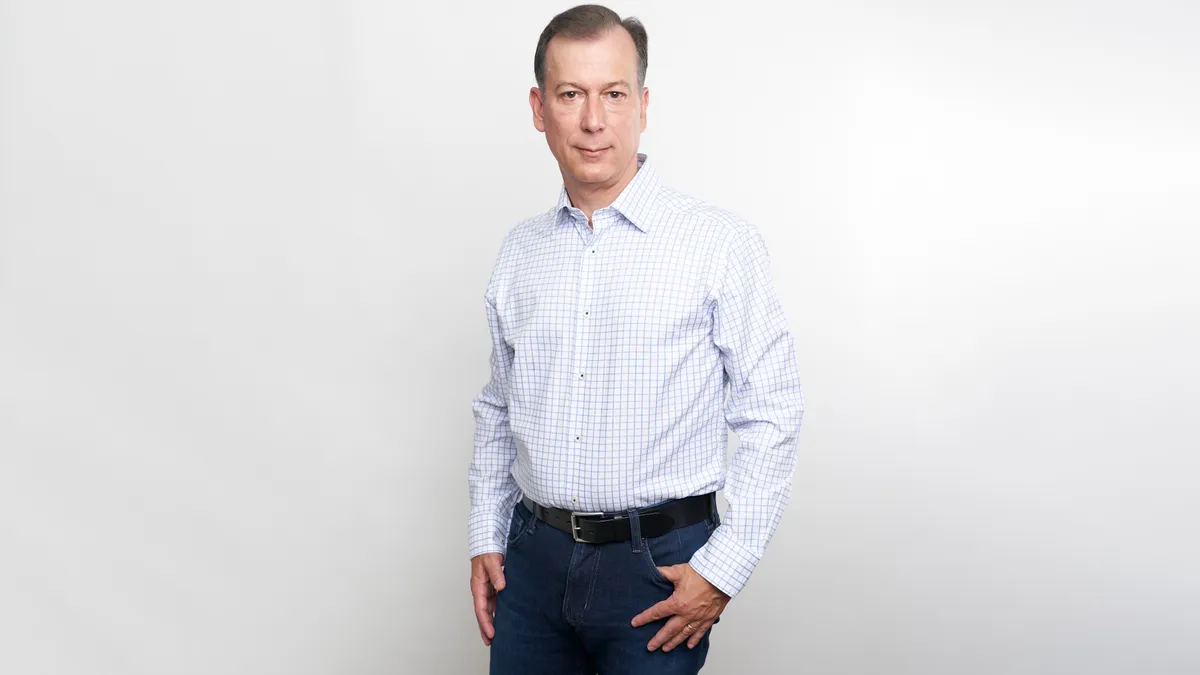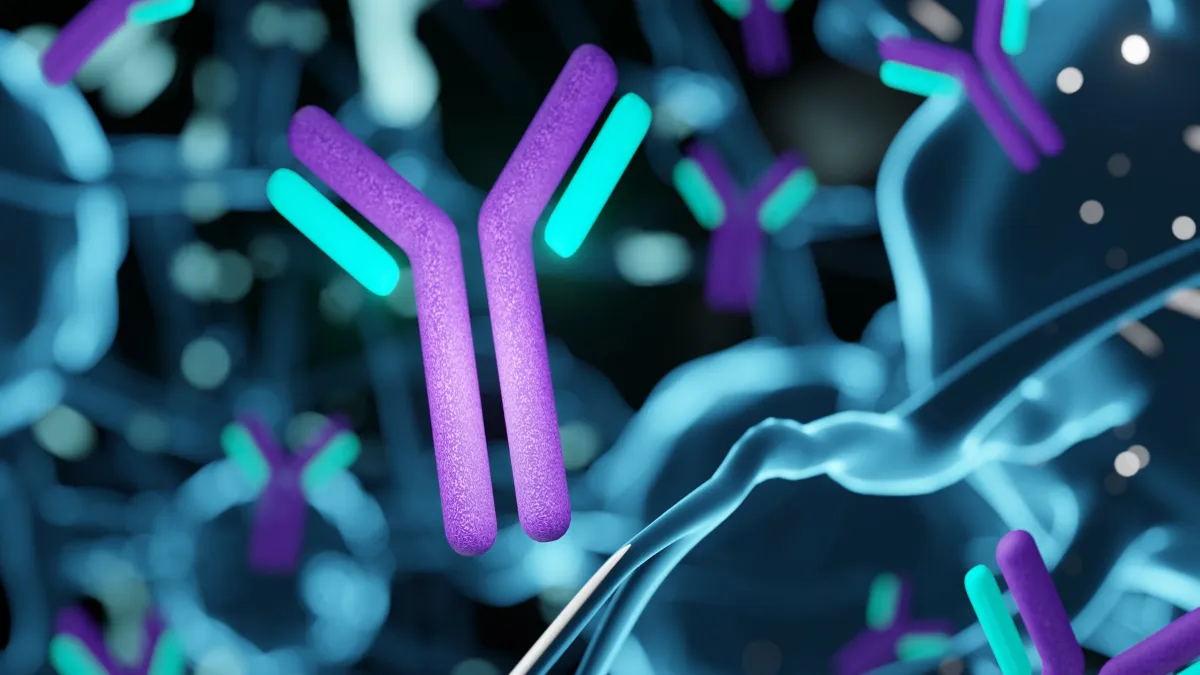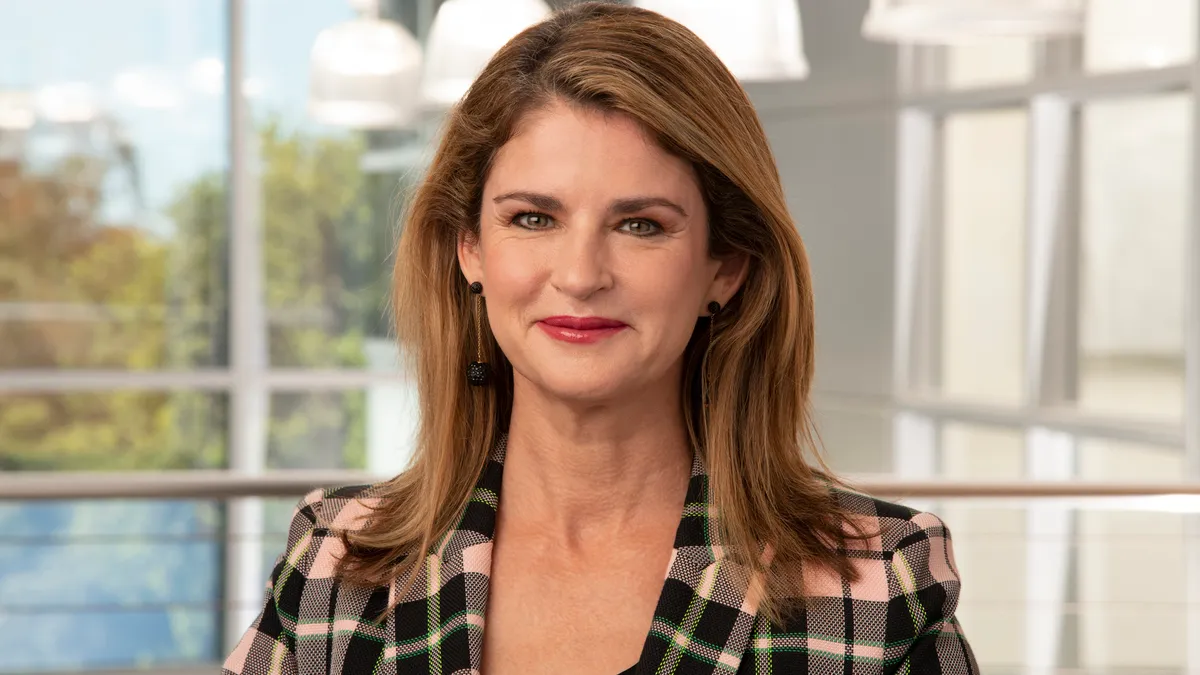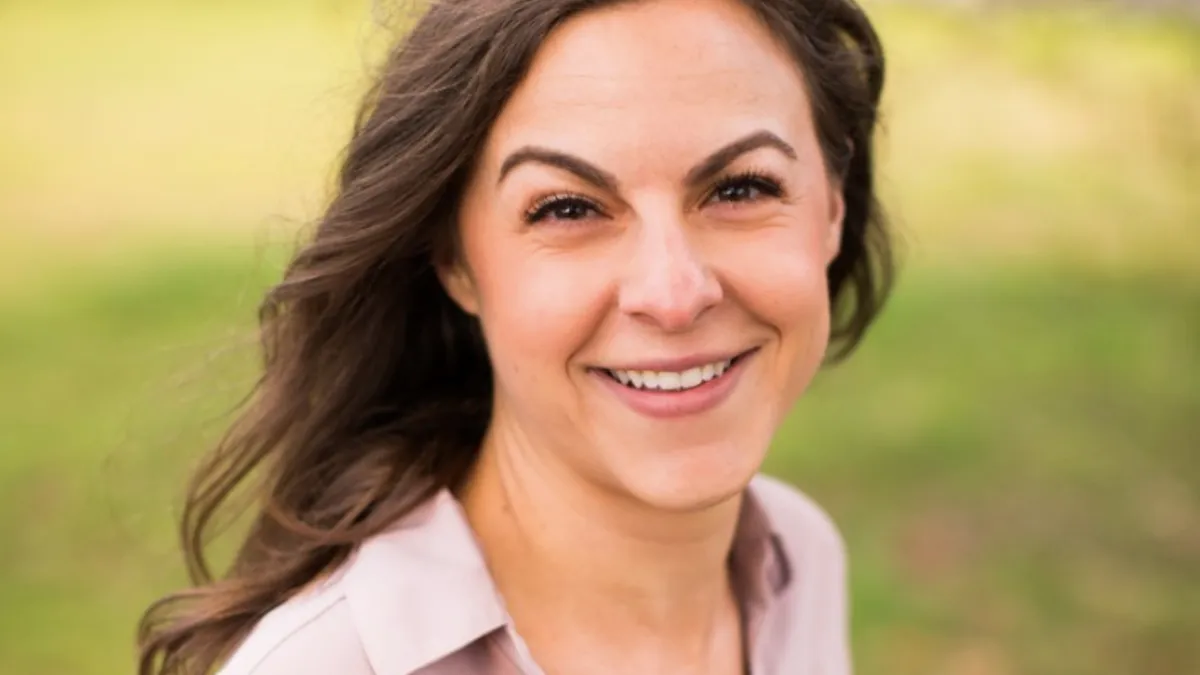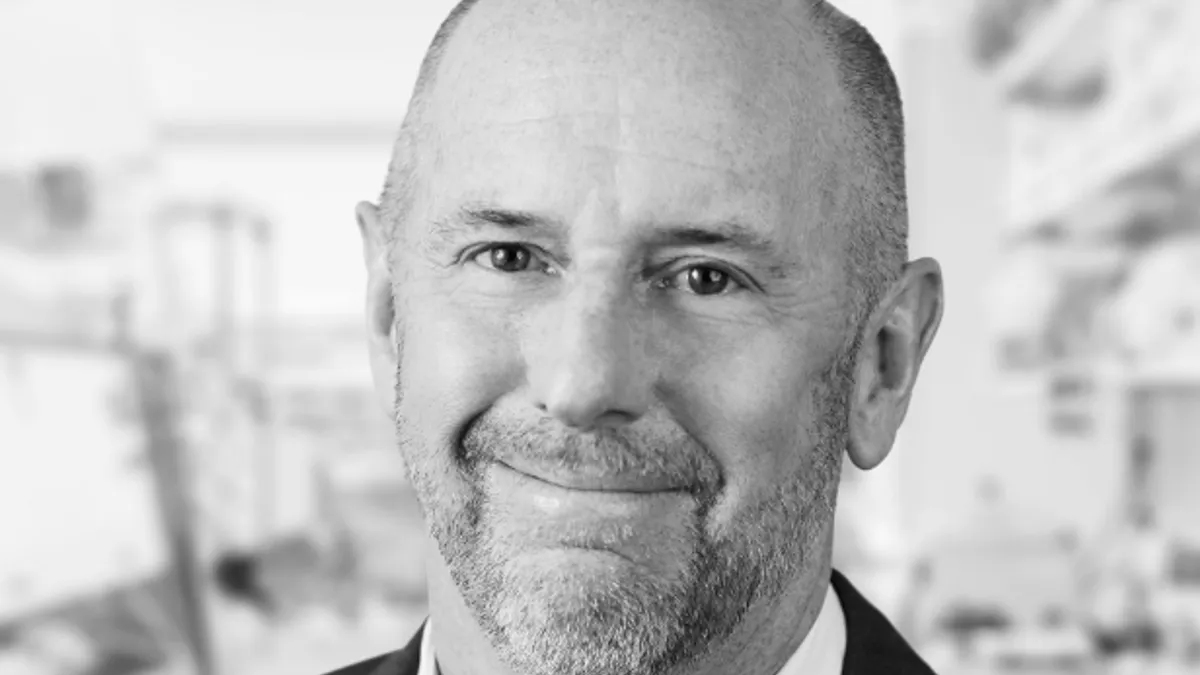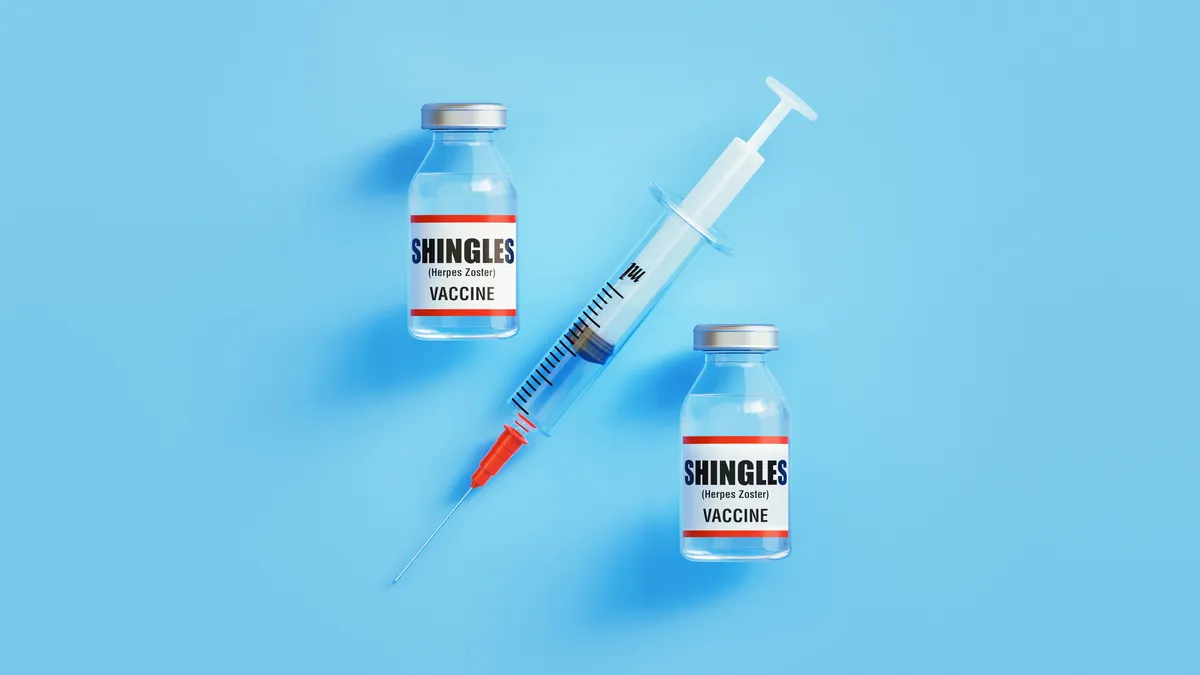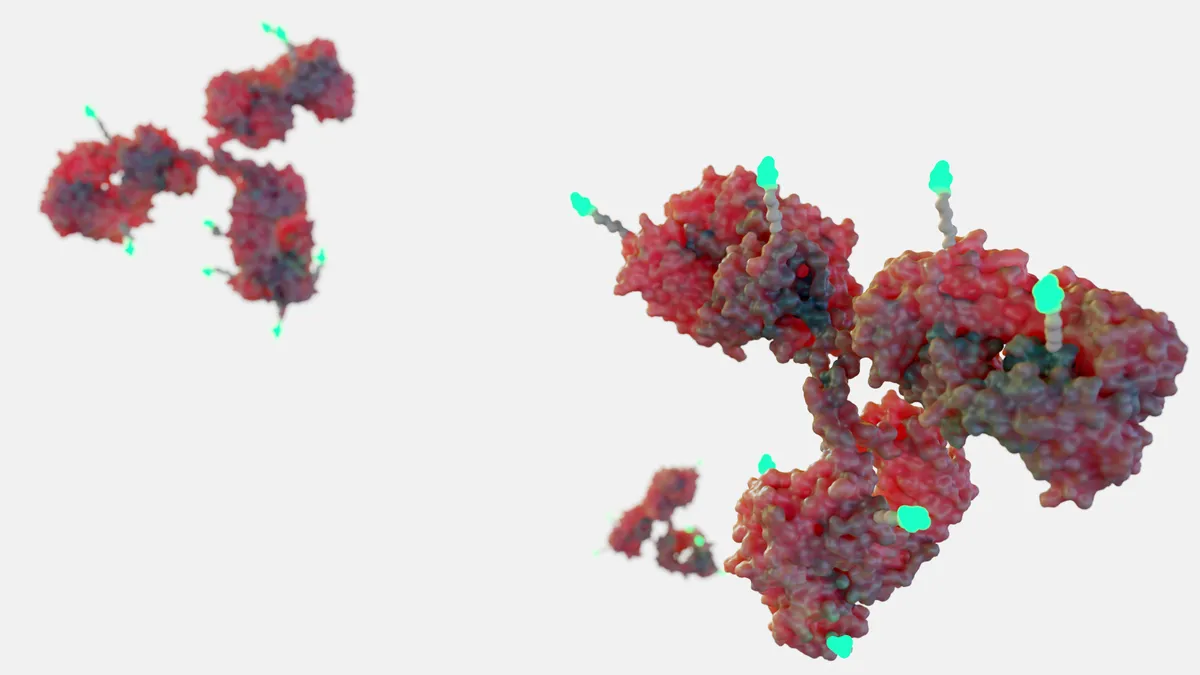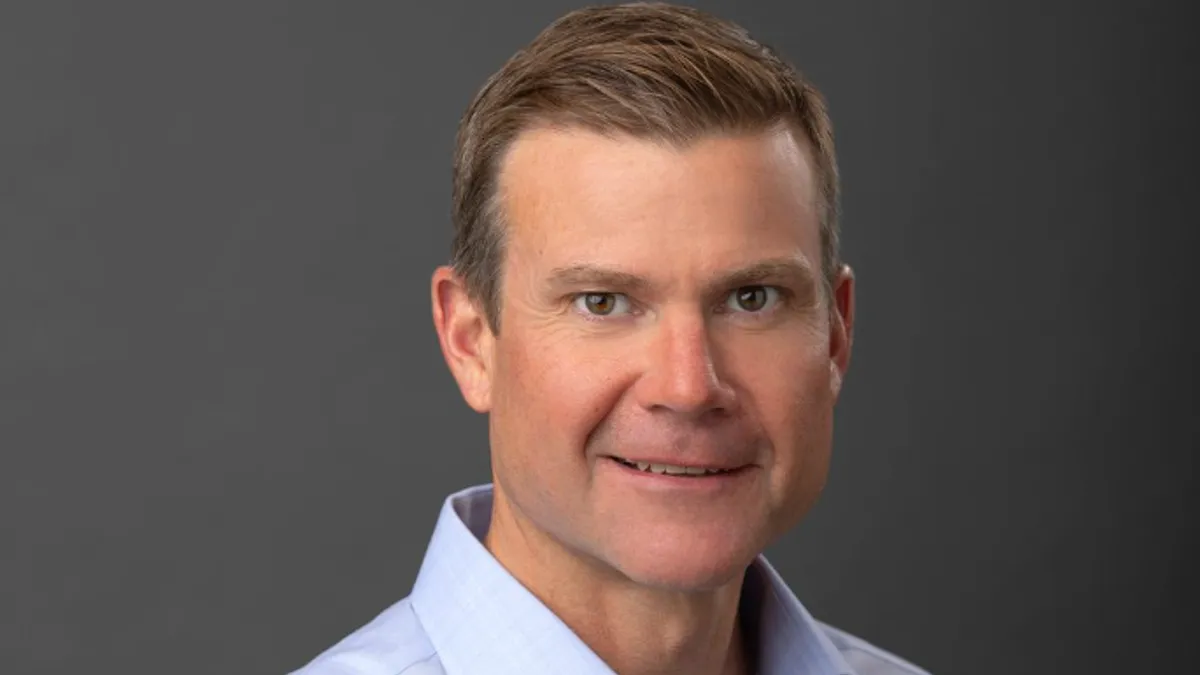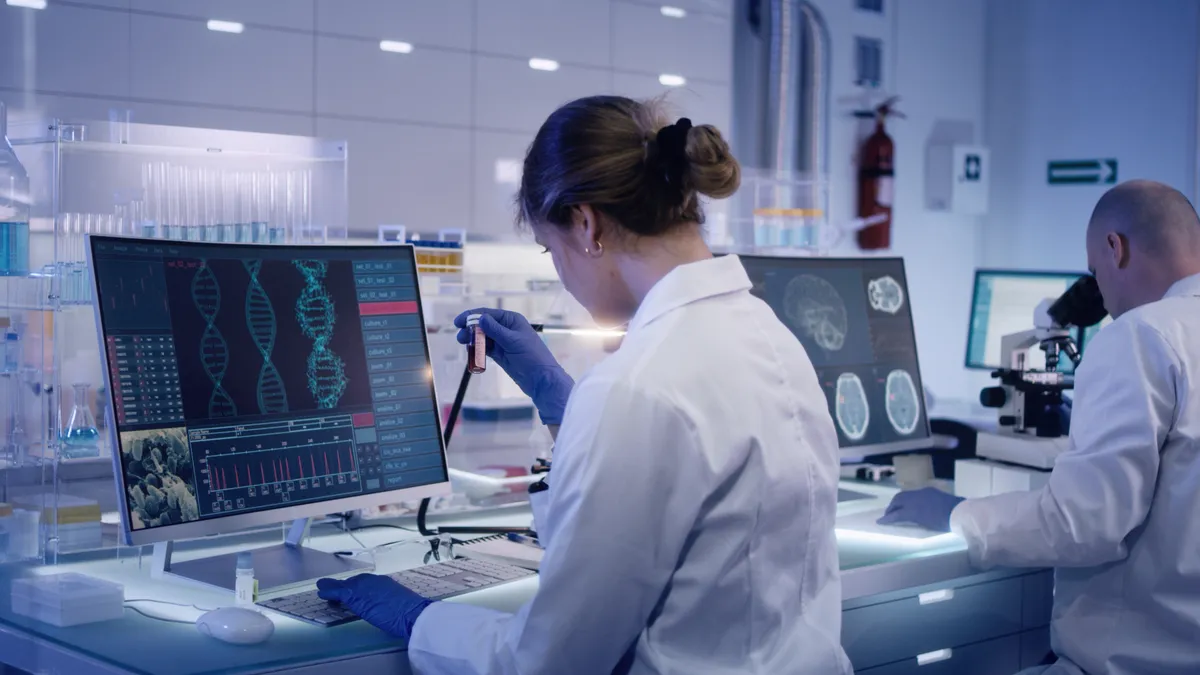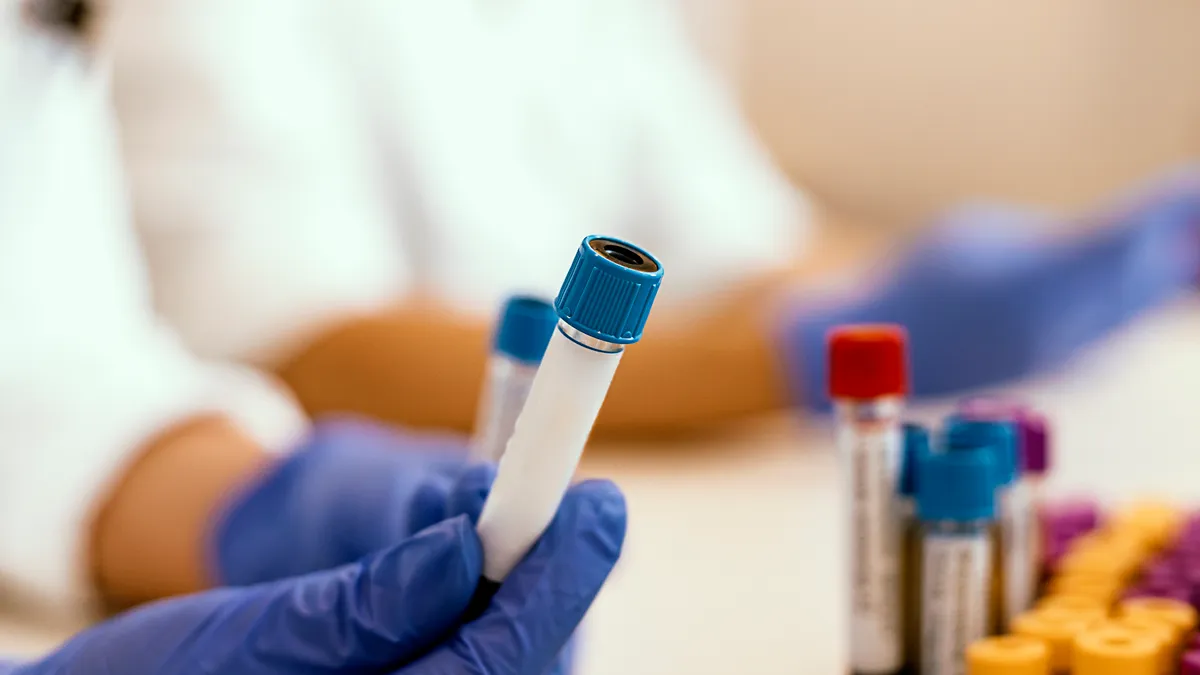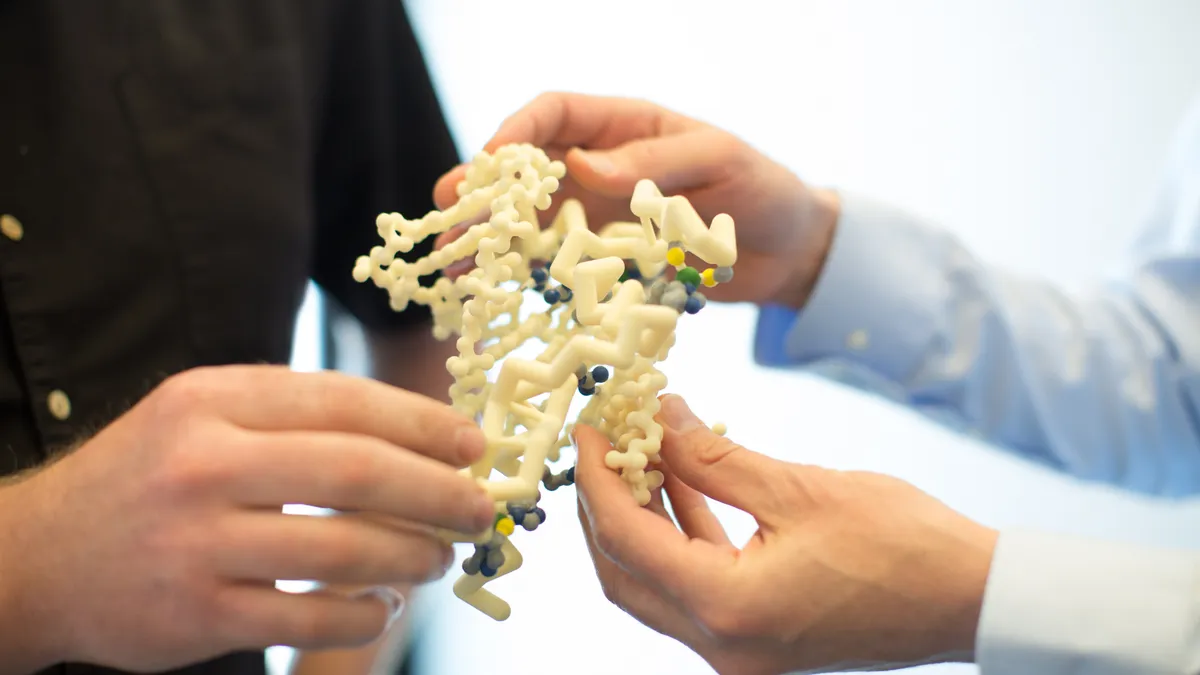Welcome to today’s Biotech Spotlight, a series featuring companies that are creating breakthrough technologies and products. Today, we’re looking at FibroBiologics, a biotech paving an unusual road by funding fibroblast-based human trials with a direct IPO.
In focus with: Pete O’Heeron, CEO, FibroBiologics
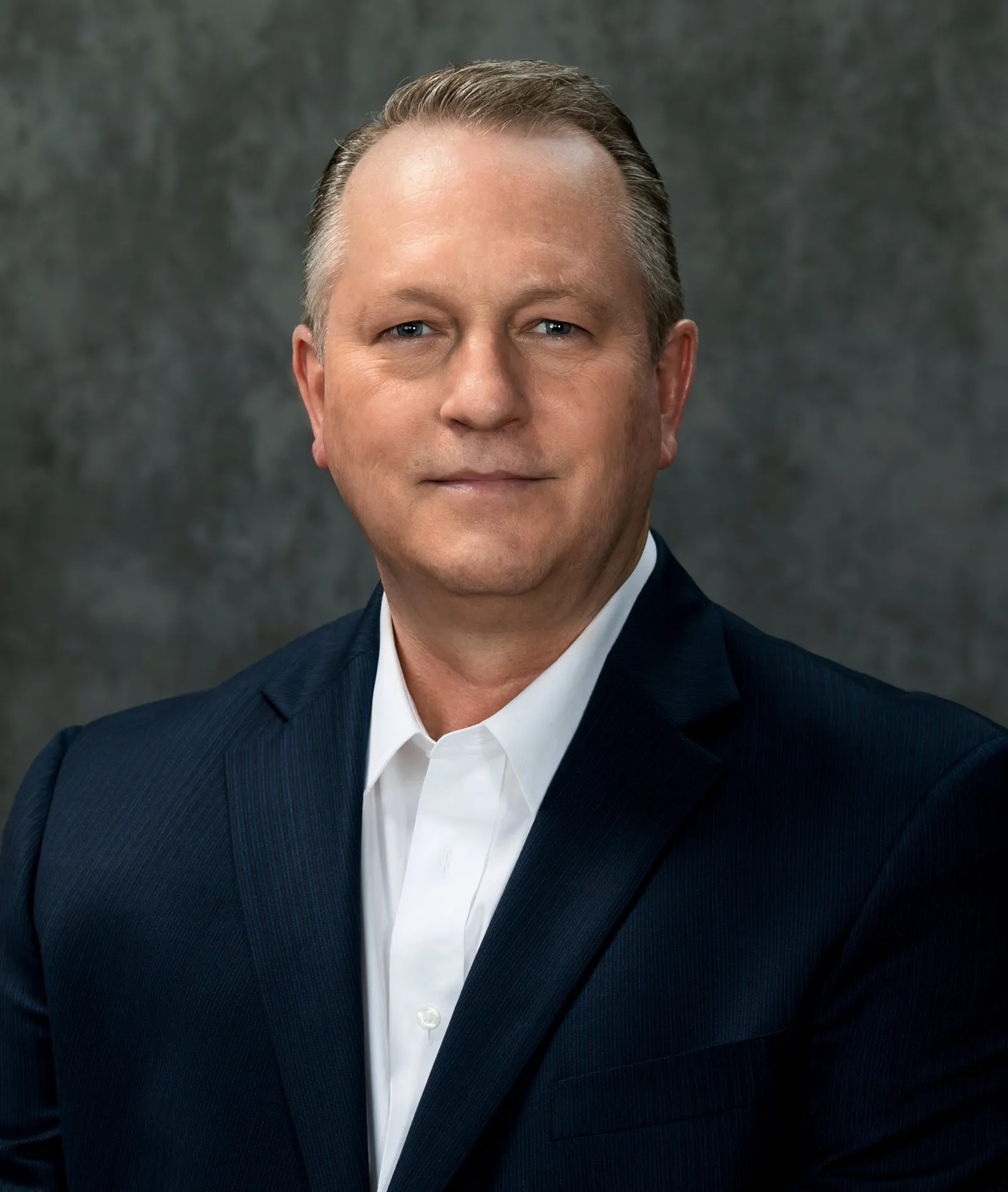
FibroBiologics’ vision: The company is setting out to develop and commercialize fibroblast cell-based therapies for multiple diseases, such as degenerative disc disease, multiple sclerosis, wound healing and cancer. To make the leap into human trials, the biotech stepped away from traditional fundraising by going for its own initial public offering earlier this year.
The science: Texas-based FibroBiologics is working on fibroblast technology to regenerate tissue and organs and treat disease, in a similar manner to stem cell therapies. According to the company, fibroblasts, which comprise the main cell type of connective tissue, are more abundant and have many of the same characteristics as stem cells, including regenerative potential. The company holds more than 150 patents and has five candidates in its pipeline, including two in preclinical, two in discovery and one in phase 1.
Still in the early days of R&D, the company’s phase 1 candidate for multiple sclerosis, CYMS101, has entered a small-scale, 16-week MS clinical trial for safety.
More human trials are in store for FibroBiologics, but with an undisclosed timeline.
“It's almost like [our scientists are] on Mars, and every step they take is the first step anyone's ever taken, so it's hard to say at this point,” O’Heeron said about when the company’s next products will move into the clinic. The CEO, however, has the benefit of knowing where the funding will come from: a direct IPO.
IPO path: Most biotech startups have a few funding options, such as grants, venture capital or Big Pharma collaborations.
FibroBiologics wasn’t impressed with the current state of fundraising, O’Heeron said, even as biotech funding optimism has risen this year, according to GlobalData.
“Once you've done all your preclinical work … you need to develop your master cell bank and then you need to do your human trials,” he said. “That's where the real expense comes in. And it is really hard to raise that in the private markets. So that's why you see biotech companies going public; they have access and some liquidity for the larger investments.”
According to O’Heeron, FibroBiologics was funded by family practices and surgeons, and without a well-known name in the mix, VC funding was a tall order. Potential investors were focusing more on external factors than the fundamental science, he said.
“It doesn't matter how many ‘nos’ you get — it doesn't change the science,” O’Heeron said. “We could present this to 200 institutional investors and all 200 could tell us no because we don't have a big name in the project. That does not change the underlying science.”
For O’Heeron, the goal has always been an IPO. FibroBiologics secured up to $100 million in 2021 from private investment group GEM Global Yield in a 36-month term deal following a public listing of the company. FibroBiologics also took to crowdfunding, raising more than $1 million within its first 24 hours on the crowdfunding platform StartEngine in 2023.
O’Heeron didn’t see the value in a traditional IPO, opting for a direct one instead. The company, which was already funded by surgeons and family practices and had 400 accredited investors to its name, took the process into their own hands. Having that many shareholders actually helped the company because it then qualified for a direct listing on the Nasdaq. Conversely, having that number of shareholders would have been a “weak spot” in VC funding, according to O’Heeron.
Why it matters: FibroBiologics’ offering is part of what may be an IPO rebound for biotech after a few quiet years. There were only 23 biotech IPOs in 2022 and 30 in 2023, compared to 114 in 2021, a peak year, according to McKinsey. There are signs this year they are once again on the rise, but FibroBiologics’ offering still stands out.
For one, the company did it on their own without a bank underwriter.
“[We looked at] an underwritten IPO through a traditional investment bank,” O’Heeron said. “That's tough for us because we didn't want to get 10 months into an IPO and then the night before having investment banks saying we need to recalibrate your valuation.”
Without an institutional investor in FibroBiologics’ investor base, O’Heeron felt the company wouldn’t have enough leverage against changes, putting them in a vulnerable spot.
FibroBiologics instead bucked convention and completed a direct listing on the Nasdaq in January. The company’s share price hovered around $10 per share as of market opening June 4, with a market cap of $373 million.
Going forward, O’Heeron says he has seen interest from larger companies in the industry rise following the IPO.
“Maybe that's because our visibility has been raised, or maybe there's more credibility now that we were able to get public,” he said.
And for other biotechs looking to make a similar move, O’Heeron has a warning.
“It's a lot of work. [I was] talking to a company yesterday and they said how much time should we dedicate to the process? I said, everything you have,’” he noted. “For the better part of seven months, every hour of every day is spent on getting public — I knew it would take a lot of work, but I didn't know how long it was going to take.”
The company remains focused on science and developing its fibroblast cell therapy platform.
“The future for us is to create a capital plan that allows us to fund our human trials and to accelerate the development of what we're doing,” O’Heeron said. “Our challenge is to develop the capital plan that meets the needs of our scientists.”


